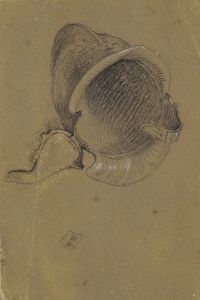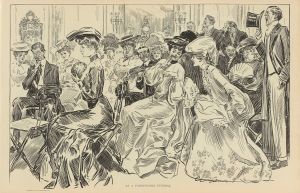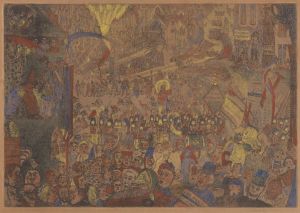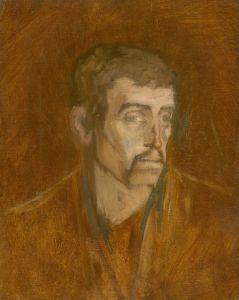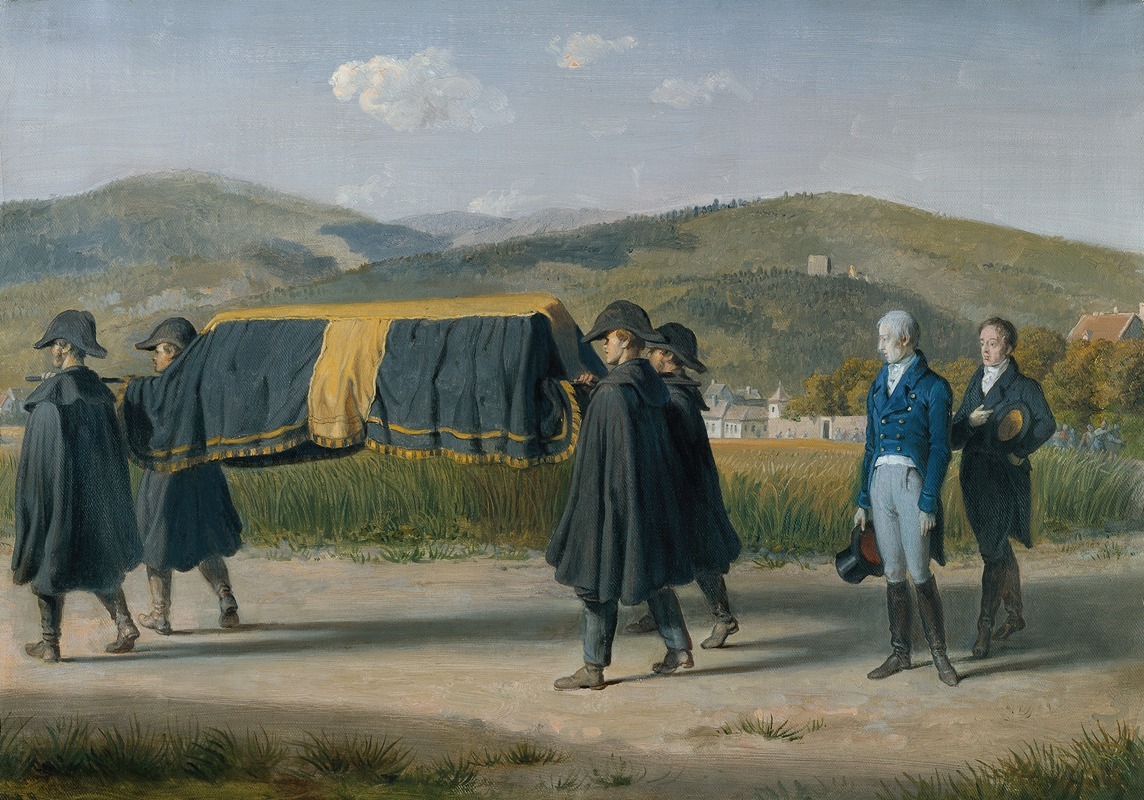
Kaiser Franz I. von Österreich folgt dem Sarg eines Armen
A hand-painted replica of Johann Peter Krafft’s masterpiece Kaiser Franz I. von Österreich folgt dem Sarg eines Armen, meticulously crafted by professional artists to capture the true essence of the original. Each piece is created with museum-quality canvas and rare mineral pigments, carefully painted by experienced artists with delicate brushstrokes and rich, layered colors to perfectly recreate the texture of the original artwork. Unlike machine-printed reproductions, this hand-painted version brings the painting to life, infused with the artist’s emotions and skill in every stroke. Whether for personal collection or home decoration, it instantly elevates the artistic atmosphere of any space.
Johann Peter Krafft was an Austrian painter known for his historical and genre scenes. One of his notable works is "Kaiser Franz I. von Österreich folgt dem Sarg eines Armen" (Emperor Franz I of Austria Follows the Coffin of a Poor Man). This painting captures a poignant moment, reflecting both the humility and the humanitarian concerns of Emperor Franz I of Austria.
Krafft, born in 1780 in Hanau, Germany, moved to Vienna in 1799, where he became a prominent figure in the art scene. He was a student at the Academy of Fine Arts in Vienna and later became a professor there. His works often depicted historical events and were characterized by their detailed realism and emotional depth.
"Kaiser Franz I. von Österreich folgt dem Sarg eines Armen" is a significant piece that illustrates a scene involving Emperor Franz I, who reigned from 1804 to 1835. The painting shows the Emperor following the coffin of a poor man, an act that symbolizes his empathy and connection with his subjects, regardless of their social status. This portrayal aligns with historical accounts of Franz I, who was known for his conservative policies but also for his personal piety and modesty.
The painting is notable for its composition and the way it captures the somber mood of the scene. Krafft's use of light and shadow enhances the emotional impact, drawing the viewer's attention to the central figures and the solemnity of the procession. The attention to detail in the depiction of the mourners and the surrounding environment adds to the realism of the scene.
Krafft's work is a reflection of the Biedermeier period in which he lived, a time characterized by a focus on the domestic and the personal, often with an underlying moral or social message. This painting, in particular, can be seen as a commentary on the social responsibilities of the ruling class and the importance of humility and compassion.
While the painting itself is a work of art, it also serves as a historical document, providing insight into the values and societal norms of early 19th-century Austria. It reflects the complex character of Emperor Franz I, who, despite his conservative rule, was respected for his personal virtues.
Johann Peter Krafft's ability to convey such depth of emotion and narrative in his paintings has secured his place in art history. His works, including "Kaiser Franz I. von Österreich folgt dem Sarg eines Armen," continue to be studied and appreciated for their artistic merit and historical significance.
In summary, "Kaiser Franz I. von Österreich folgt dem Sarg eines Armen" by Johann Peter Krafft is a painting that captures a moment of humility and empathy, reflecting the character of Emperor Franz I. Through his detailed and emotive style, Krafft provides a window into the values of his time, making this work an important piece in both art and history.








